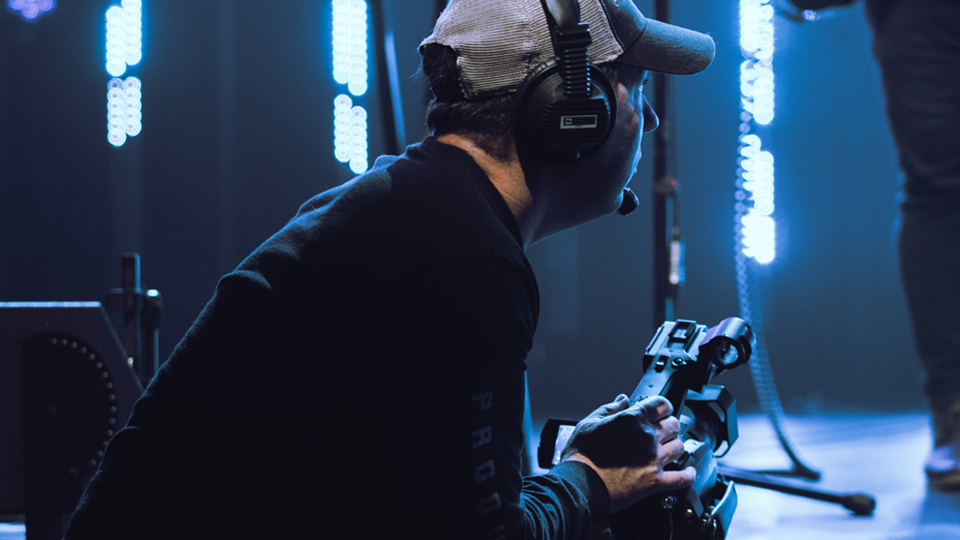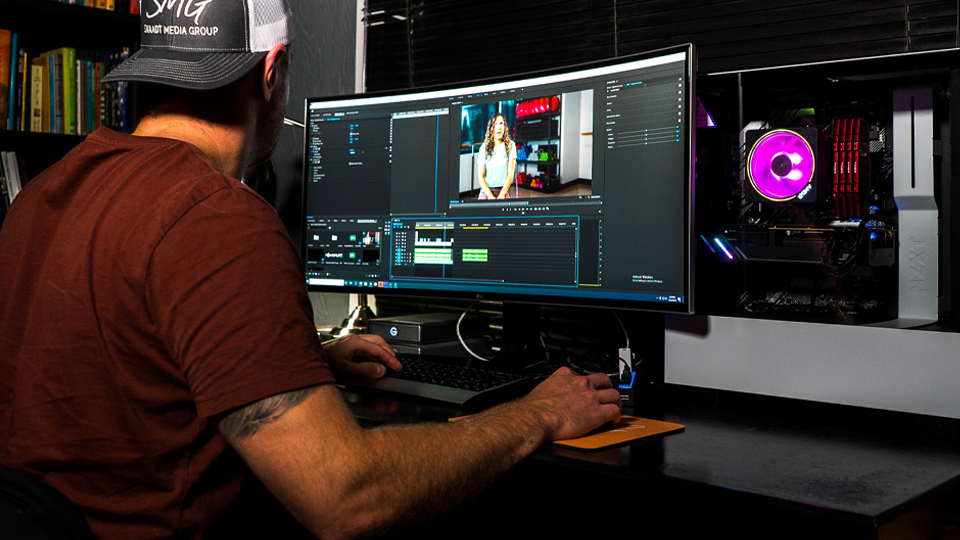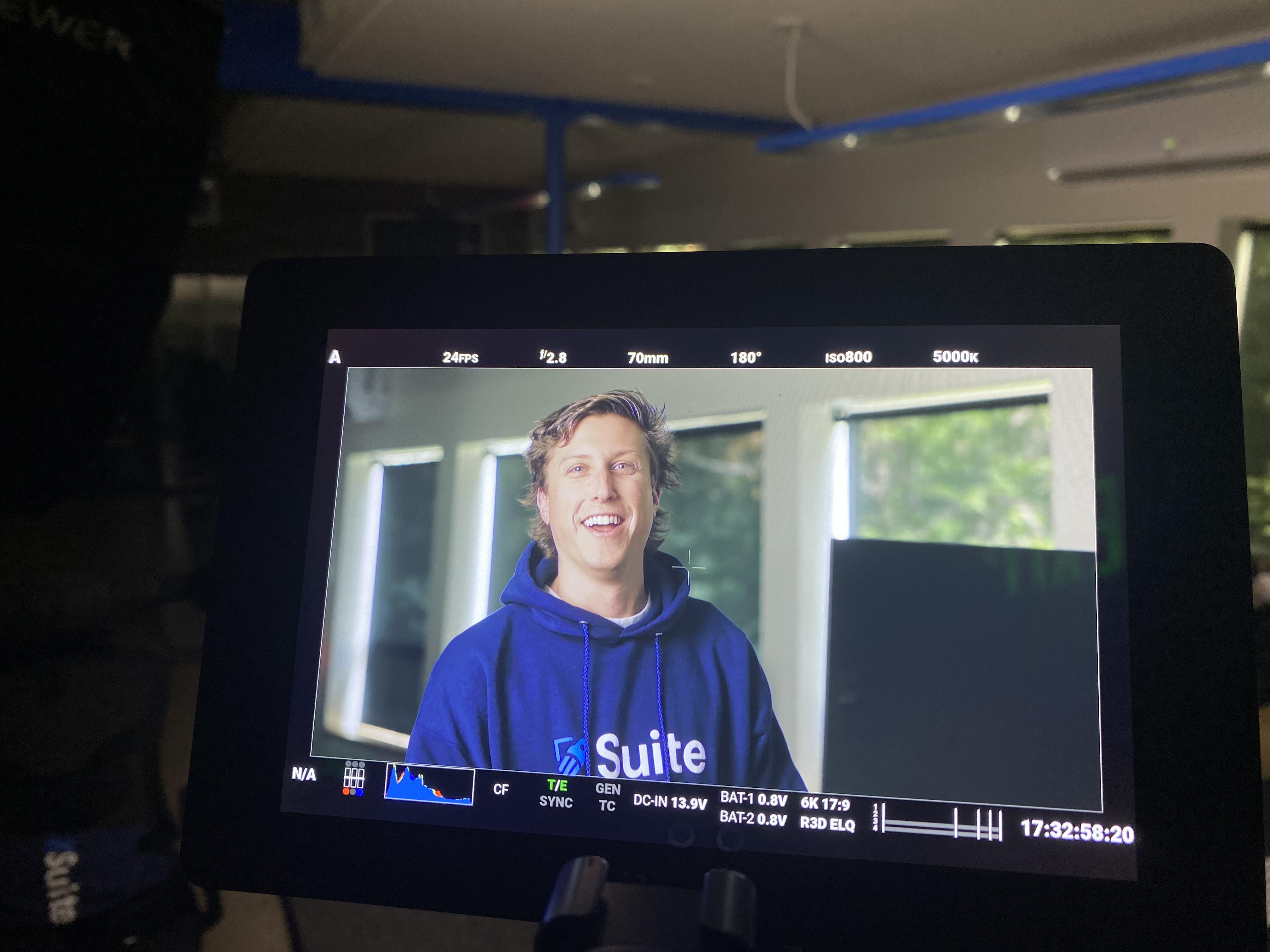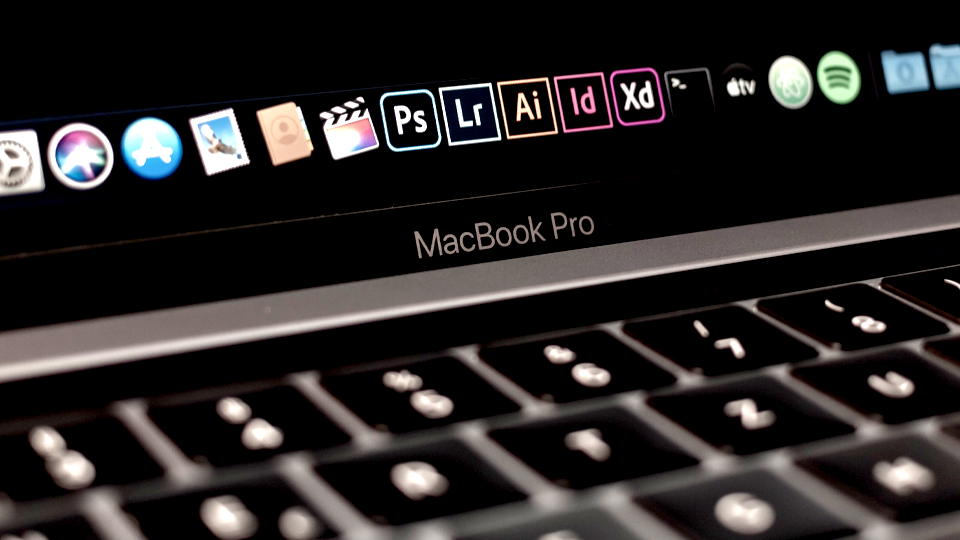Creative workflow troubles? 10 signs your creative team is ready for File Streaming
The Editors

5 Minutes

Creative teams working with high-resolution media files—whether for film, advertising, branded content, or anything else—face productivity killing bottlenecks from outdated file sharing, syncing and storage systems. Simply put, too many teams are losing valuable time simply trying to share or access the media they need to create.
If your team is still syncing files on Dropbox, sharing content via WeTransfer, relying on passing local hard drives back and forth, or confined to working from a physical location, you’re likely spending more energy managing assets, re-linking files, onboarding new talent, and dealing with versioning issues than focusing on the creative tasks that matter most.
Thankfully, tools like cloud storage with file streaming change how creatives collaborate from any location. If you’re reading this, it might be time to explore the option.
Here are 10 signs your team is ready to make the switch from sync to stream…
1. You’re wasting hours waiting on file downloads or syncing media.
You kick off the day ready to dive into a new project—but your files are still syncing. Worse yet, your asset downloads failed overnight, and now you have to start all over again. No matter which stage of the workflow, delays like these can add up into hours, even days, worth of lost time.
2. You’re struggling with version control in your media workflow.
Your file organization has reached chaotic levels. You’ve got duplicate folders, editors with isolated drives, and you’re dealing with folder labels like _final_FINAL_v3_This_One. In these scenarios, even the savviest project managers can’t be sure which cut is the latest.
3. It’s getting tough to manage all your files, collaborators, and timelines.
With a distributed team of any size, managing in-house collaborators, contractors, and freelancers, while also securely storing and sharing large or complex files, can turn into a full-time job. Even adding new team members to a project can be troublesome. Working from the same server made things easier—what if that same experience was available from anywhere?
4. You’re a creative spending too much time on file management.
The majority of media professionals are creative types who just want to make art. Administrative tasks shouldn’t fall on the shoulders of video editors, VFX artists, and other artists in the industry. While some folks thrive on optimizing media workflows, the rest of your creative team shouldn’t be burdened with becoming an ipso-facto IT department.
5. You’re scaling your team, but your infrastructure can’t keep up.
Hiring more collaborators or bringing on new talent to a project shouldn’t have roadblocks. Moreover, outfitting a media team with the proper physical or cloud-based infrastructure shouldn’t require budget-gutting commitments. If you’re struggling to efficiently connect key creatives to the files they need, it’s probably your workflow getting in the way.
6. You're spending more time relinking assets than editing them.
Broken file paths, missing proxies, and scattered storage slow everything down. If every time you want to open up a project file you’re faced with re-linking assets or sifting through random folders to find what you need, you know there’s a better way. The best part? There is…
7. You’re losing creative momentum to technical delays.
When inspiration strikes, the tools and processes you’re using shouldn’t get in the way. Staying in the Flow State means everything to an artist—so, whether, it’s downloading footage, troubleshooting storage, or waiting around for media to sync, you know all too well that any size interruption can make-or-break the moment.
8. You’re creating content at breakneck pace—but your workflow is stuck in the past.
Today’s media-saturated audiences expect the best. You’re producing polished, high-impact content for streaming platforms, social media, live events, global campaigns, you name it—but behind the scenes your team is still relying on hard drives, physical servers, and outdated file-sharing methods. Modern creative demands require modern infrastructure or cloud-based solutions. If your workflow can’t move at the speed of the industry, it’s time for a change.
9. You’re juggling too many tools just to move a single file.
Frame.io for review, Dropbox for storage, WeTransfer for handoffs, hard drives or local storage for backups—and that’s just Tuesday. Using various individual tools might have offered solutions at first, but at scale it’s chaos. If you’re too busy hopping between file transfer services to stay focused on the edit, maybe the tools you’re using aren’t really working anymore.
10. You’re handling sensitive media—but your setup doesn’t feel secure.
From unreleased commercial campaigns to confidential client footage, today’s projects often come with serious security expectations. If you're sharing files via public links, juggling unprotected drives, or granting full folder access to third parties, you're putting both your content and your client relationships at risk. Media security shouldn’t have any question marks. That’s the bottom line.
If one (or, likely, many more) of these points strike a chord with you, it’s time to explore your options. Obsolete workflows plague the media industry—but your team isn’t stuck.
Processes that were originally built to support creative professionals all working from the same location aren’t able to handle the unique challenges that this new wave of remote work introduces. With technology that exists today, teams now have the opportunity to simplify their workflow, so—despite any distance—collaborators can interact in real-time. Just like if they were working in the same room. Just like it should be.
It’s imperative that creative teams seek out the applications and technology that let them achieve their wildest artistic ambitions. Anything that stifles creativity should be left to the wayside. Cloud-based solutions and other tools that let your team collaborate effortlessly deserve a closer look.




































